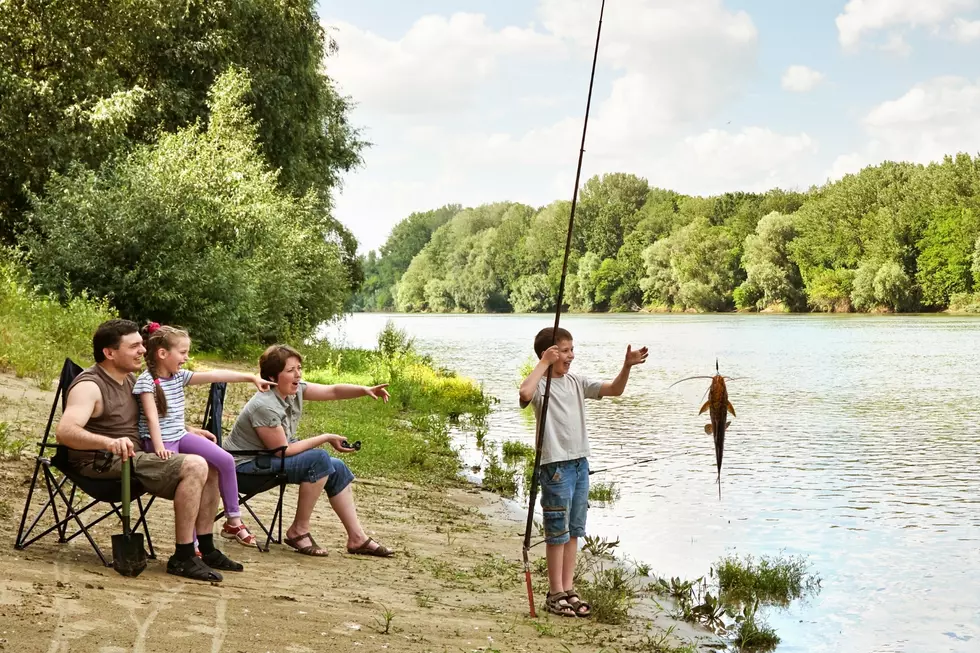
ALERT: Local Free-Ranging Deer Has Been Detected With Chronic Wasting Disease

The Texas Parks and Wildlife Department (TPWD) just sent me their latest press release about the very first case of chronic wasting disease (CWD) right here in the Big Country in Coleman County. The positive test came from a free-ranging two-year-old whitetail buck that was harvested from a low-fence property.
A TPWD Wildlife Biologist says he collected the specimen, and initial analysis by the Texas A&M Veterinary Medical Diagnostic Laboratory was confirmed by the National Veterinary Services Laboratory. Chronic Wasting Disease has a long incubation period, often showing initial indications through surveillance testing rather than clinical testing. Early detection is a must to be proactive and be able to minimize the risk of the disease spreading.
In light of this, TPWD encourages hunters in the region between Coleman and Cross Plains and neighboring counties to voluntarily test harvested deer. Information on voluntary sampling can be obtained from local TPWD biologists, click here. While plans are in place to establish CWD containment and surveillance zones in the area, implementation may not occur until 2024.
The Texas Parks and Wildlife Department says "CWD is a fatal neurological disease affecting certain cervids, including deer, elk, moose, and other members of the deer family. The slow, progressive nature of the disease does not manifest visible signs for a couple of years after infection. As the disease progresses, affected animals may exhibit changes in behavior and appearance." Source: exas Parks and Wildlife Department
LOOK: These Deer are Showing the First Signs of CWD
In Texas, the initial case of CWD was discovered in 2012 in a free-ranging mule deer near the Texas-New Mexico border. Since then, CWD has been identified in mostly captive and some free-ranging areas in Texas, including white-tailed deer, mule deer, red deer, and elk.
According to the Merck Veterinary Manual, CWD can be transmitted by intracerebral inoculation to cattle, sheep, goats, domestic ferrets, mink, mice, hamsters, and squirrels. However, this is an experimental procedure and not a natural method of transmission. The Centers for Disease Control and Prevention (CDC) states that CWD does not seem to infect cattle naturally.
LOOK: 30 fascinating facts about sleep in the animal kingdom
Gallery Credit: Katherine Gallagher
LOOK: Here are the states where you are most likely to hit an animal
Gallery Credit: Dom DiFurio & Jacob Osborn
More From KEAN 105









